Medicine details
| Image |  |
| Name | Ostocin |
| Dosage | Cream |
| Generic Name | Capsaicin |
| Classes |
Dermatological/Topical Agent |
| Diseases |
Backache Bruise Neuropathy Pain Skin Disorder Sprain |
| Company | General Pharmaceuticals Ltd. |
Drug Package Details
| Strength | 25 mg/100 gm |
| Storage Condition | |
| Origin Country | Bangladesh |
| Commercial Pack | 1 |
| Price per pack | ৳ 50.34 |
| Cost per pack | ৳ 44.30 |
| Package unit | 20 gm tube |
| Price per unit | ৳ 50.34 |
| Cost per unit | ৳ 44.30 |
| Discount | 0 |
| Coupon | |
| Remarks |
Capsaicin
Capsaicin transdermal patch is a topical analgesic drug that belongs to the class of vanilloid receptor agonists. Capsaicin stimulates the transient receptor potential vanilloid 1 (TRPV1) receptors in the skin, leading to desensitization and depletion of substance P, a neuropeptide that plays a role in the transmission of pain signals. This mechanism of action results in the reduction of pain associated with postherpetic neuralgia.
Capsaicin transdermal patch is indicated for the management of pain associated with postherpetic neuralgia (PHN) and neuropathic pain associated with diabetic peripheral neuropathy (DPN) of the feet.
- Only physicians or health care professionals under the close supervision of a physician are to administer Capsaicin transdermal patch.
- Administer Capsaicin transdermal patch in a well-ventilated treatment area.
- Wear nitrile (not latex) gloves when handling Capsaicin transdermal patch and when cleaning treatment areas.
- Use of a face mask and protective glasses is advisable for healthcare providers.
- Do not use Capsaicin transdermal patch on broken skin.
- PHN: Apply up to four patches for 60 minutes.
- DPN: Apply up to four patches for 30 minutes on the feet.
- Repeat every 3 months or as warranted by the return of pain (not more frequently than every three months).
Severe Irritation with Unintended Capsaicin Exposure: Capsaicin can cause severe irritation of eyes, mucous membranes, respiratory tract, and skin.
- Do not use near eyes or mucous membranes.
- Wear nitrile gloves and avoid touching items or surfaces that the patient may later touch.
- If irritation of eyes or airway occurs, remove the affected individual from the vicinity of Capsaicin transdermal patch and flush the mucous membranes or eyes with water.
- If skin not intended to be treated comes into contact with Capsaicin transdermal patch, apply Cleansing Gel and then wipe off with dry gauze.
- Thoroughly clean all areas and items exposed to Capsaicin transdermal patch and dispose of properly.
Application-Associated Pain: Patients may experience substantial procedural pain and burning upon application of Capsaicin transdermal patch and following removal of Capsaicin transdermal patch. Prepare to treat acute pain during and following the application procedure with local cooling (such as an ice pack) and/or appropriate analgesic medication.
Increase in Blood Pressure: Transient increases in blood pressure may occur with Capsaicin transdermal patch treatment. Monitor blood pressure during and following the treatment procedure.
Sensory Function: Reductions in sensory function, which were generally minor and temporary, have been reported following administration of Capsaicin transdermal patch. All patients with sensory deficits should be assessed for signs of sensory deterioration or loss prior to each application of Capsaicin transdermal patch. If sensory loss occurs, treatment should be reconsidered.
Contraindication
None known.
None known.
None known.
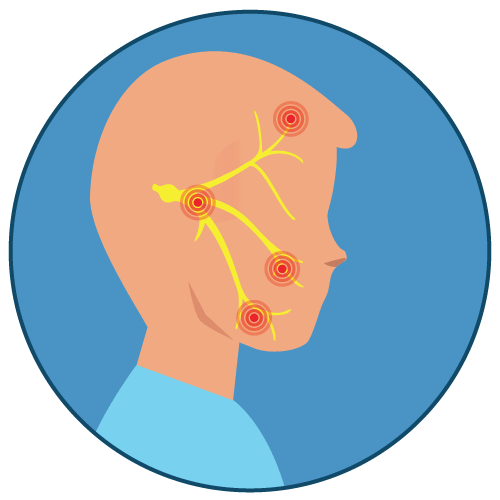
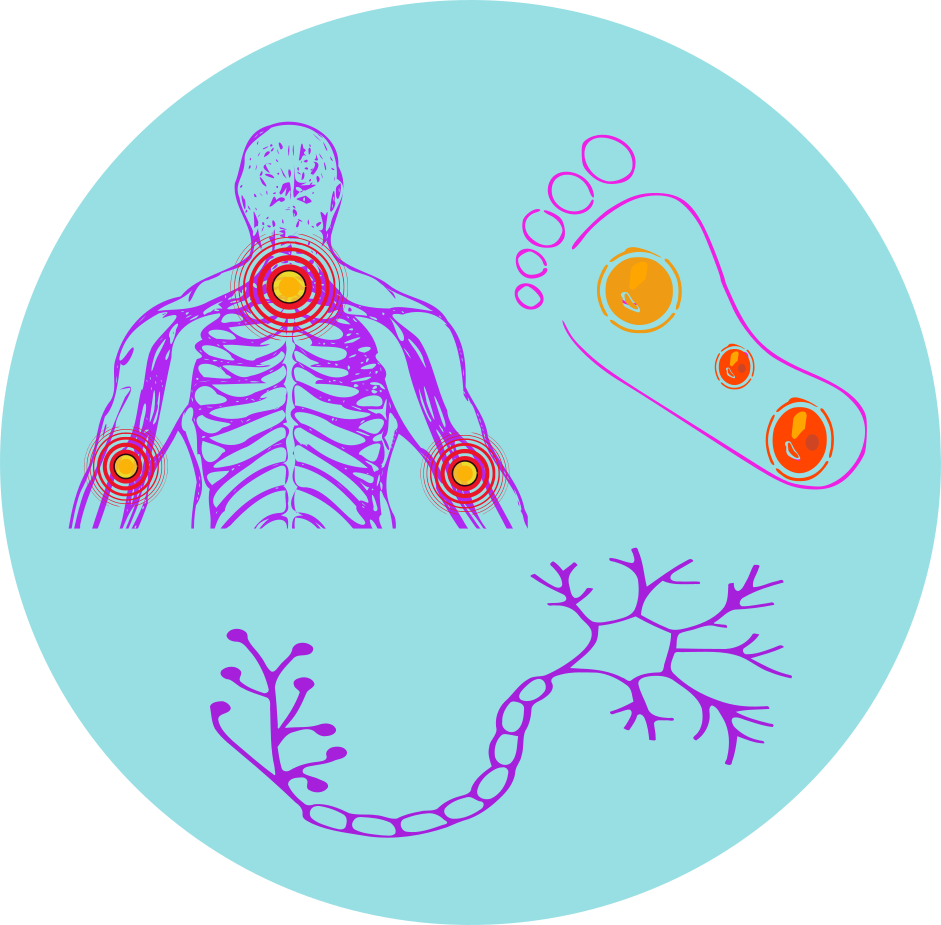
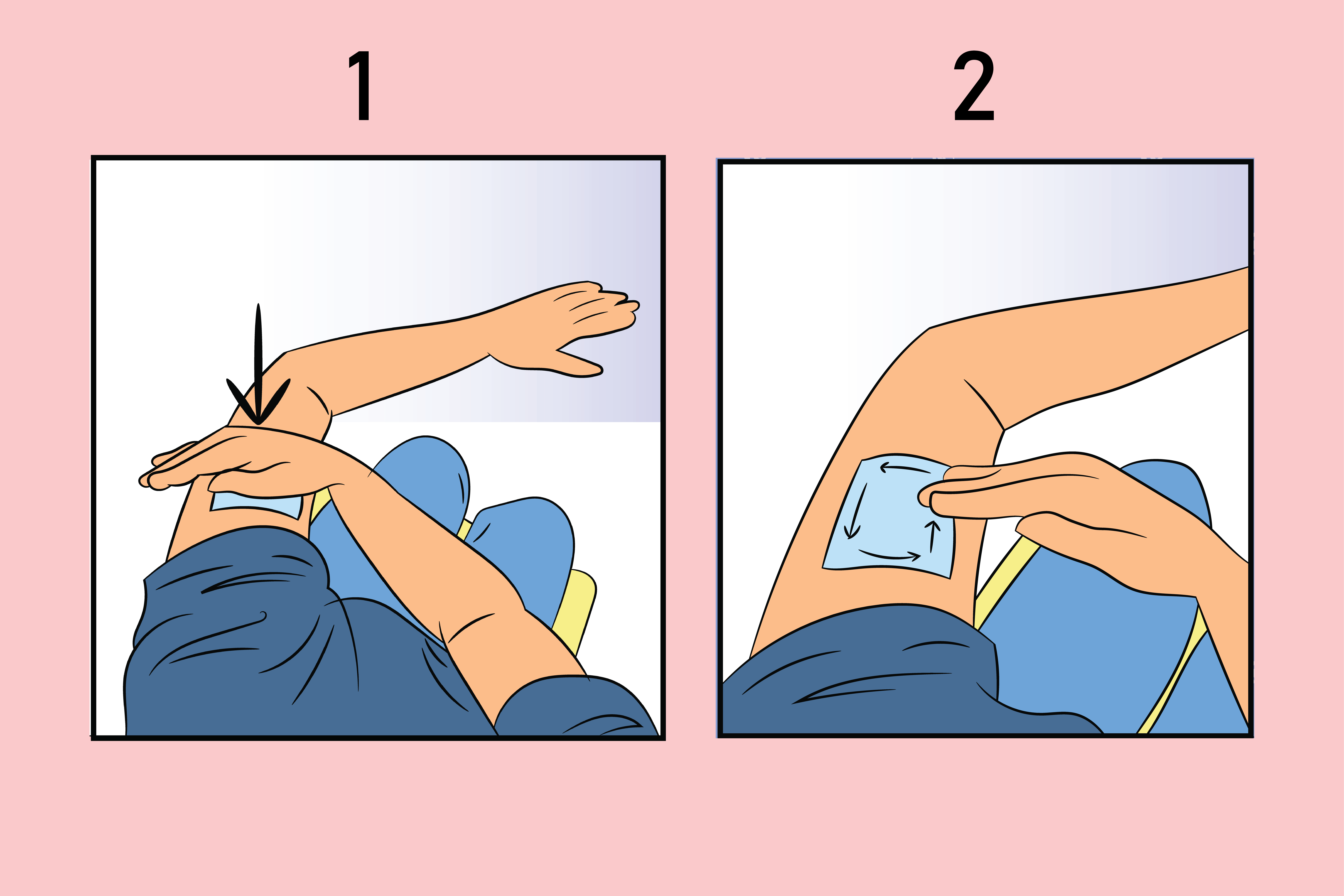
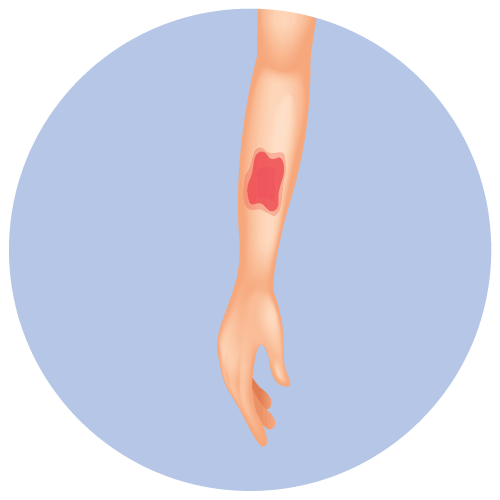
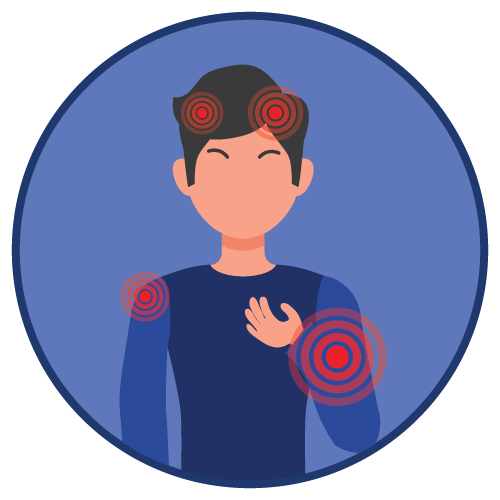
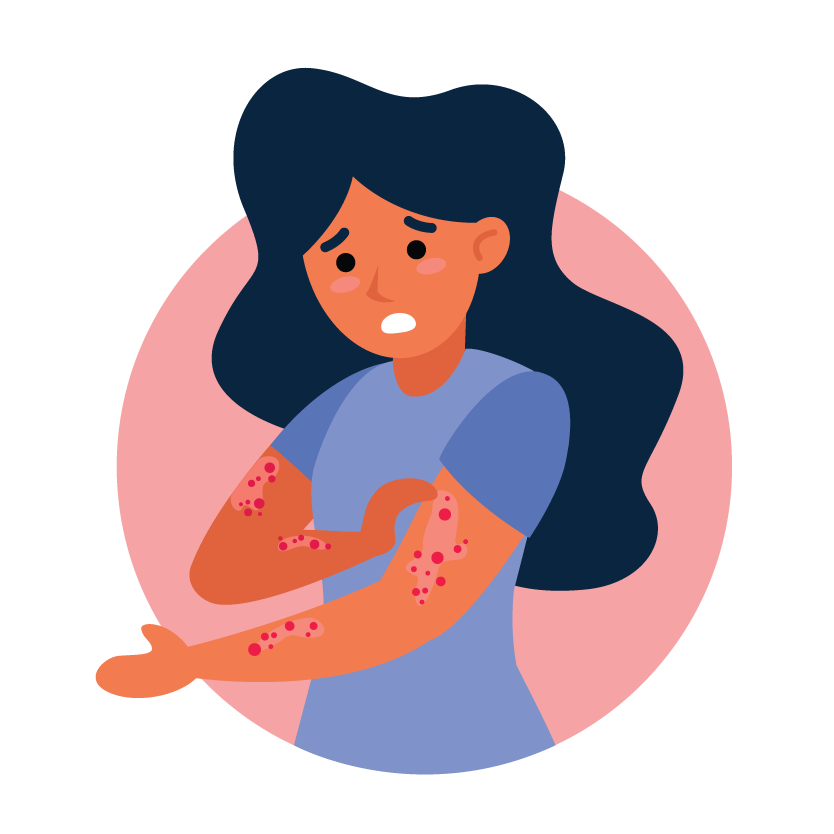
 Bangla
Bangla English
English